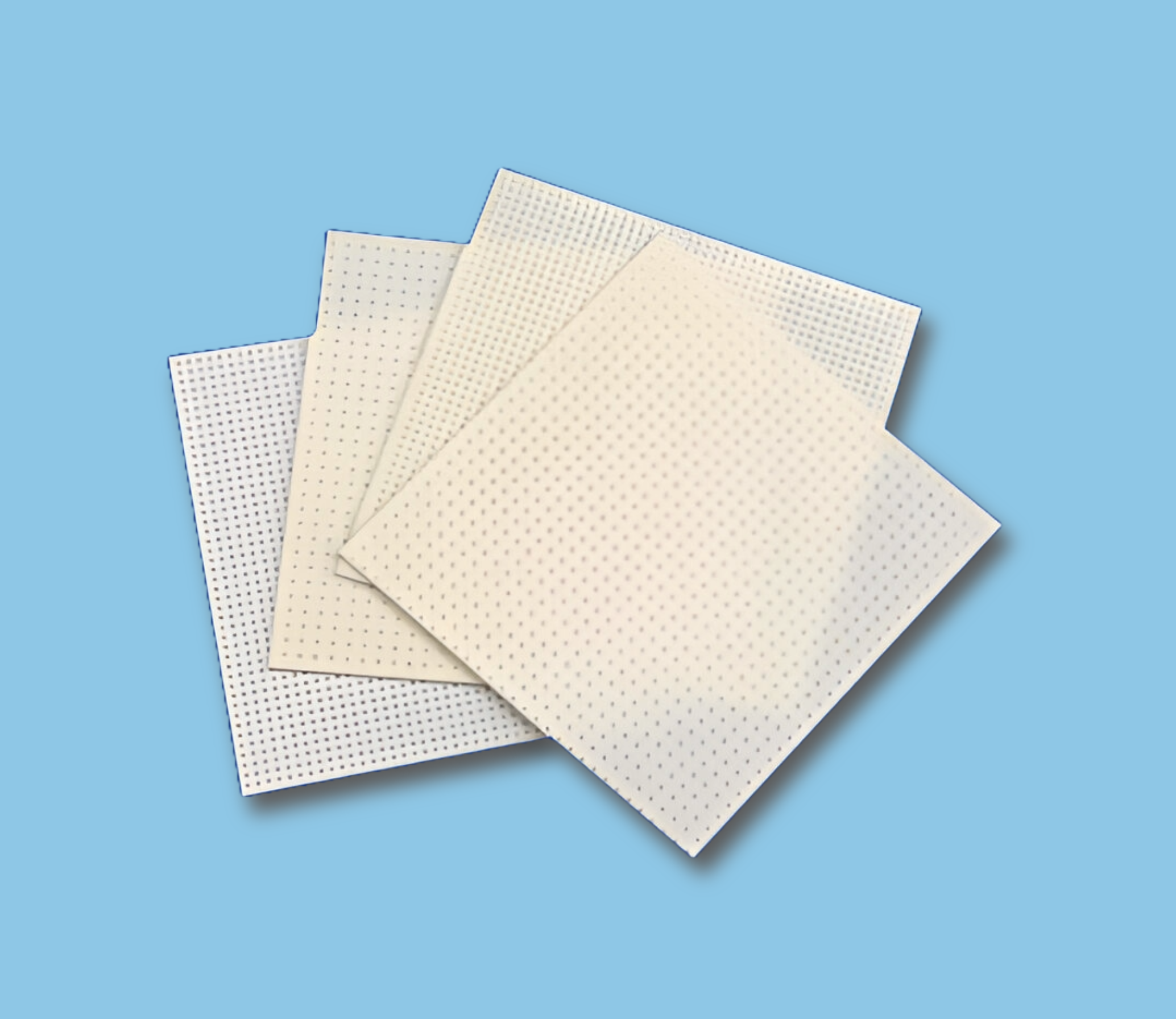Alumina Ceramic Substrates
Our alumina substrates are widely recognized for their exceptional durability against both chemical and mechanical factors, making them highly suitable for various applications such as furnace construction, medical devices, electronic sensors, catalysts, SOFC fuel cells, and liquid filtration systems. These substrates are available in two types: sintered high-density alumina and sintered porous alumina. Produced with precision laser cutting technology, they can be ordered in standard sizes or customized to specific designs for both prototypes and mass production. The high-density alumina variant stands out for its strong resistance to corrosion and abrasion, excellent mechanical strength, and effective thermal conductivity, making it an ideal choice for electrical insulation. Thicknesses range from 0.5 mm to 5 mm, with dimensions spanning from 50.8 x 50.8 mm to 168 x 168 mm. On the other hand, porous alumina substrates possess similar mechanical, electrical, and chemical properties as their high-density counterparts but are lighter due to their porous nature.

This unique feature makes them particularly effective for gas and liquid filtration, as well as for even fluid distribution. Available in thicknesses from 0.5 mm to 5 mm and sizes ranging from 100 x 100 mm to 168 x 168 mm, porous alumina substrates offer a range of benefits, including excellent mechanical strength, resistance to wear and corrosion, stability at high temperatures, electrical insulation, and low thermal conductivity. These characteristics make both types of alumina substrates indispensable for demanding industrial applications requiring reliable performance.
| Specification | Details |
|---|---|
| Material | Sintered High-Density or Porous Alumina (Al2O3) |
| Alumina Content | 96% - 99.6% |
| Thickness | 0.5 mm - 5 mm |
| Dimensions | 50.8 x 50.8 mm to 168 x 168 mm |
| Temperature Resistance | Withstands high temperatures up to 1600°C |
| Applications | Furnace construction, medical technology, electronic sensors, catalysts, SOFC fuel cells, liquid and gas filtration |
| Features | High mechanical strength, excellent wear and corrosion resistance, superior flatness, and low thermal conductivity |
| Customization | Laser-cut for precision, available in standard and custom designs |
Ceramic Technical Properties
| Properties | Units | 92% | 95% | 99% |
|---|---|---|---|---|
| Density | g/cm³ | 3.6 | 3.7 | 3.88 |
| Surface Roughness | um(Ra) | 0.2~0.75 | 0.2~0.75 | 0.2~0.75 |
| Camber | length ‰ | ≤3 | ≤3 | ≤3 |
| Flexural Strength | Mpa | ≥300 | ≥350 | ≥400 |
| Fracture Toughness | MPa·m1/2 | 2.8 | 3.0 | 3.2 |
| Vickers Hardness | Gpa | 15 | 15 | 15 |
| Thermal conductivity | W/m·k(25℃) | ≥23 | ≥24 | ≥25 |
| Thermal expansion coefficient | x10-6/k (25℃~800℃) | 7.5 | 7.8 | 7.9 |
| Thermal shock resistance | ≥10(800℃) | No cracks | No cracks | No cracks |
| Heat capacity | J/(kg·k) | 720 | 750 | 780 |
| Volume Resistance | Ω·cm(20℃) | ≥1014 | ≥1014 | ≥1014 |
| Dielectric constant | 1MHz | 9~10 | 9~10 | 9~10 |
| Dielectric loss | 1MHz | 3x10-4 | 3x10-4 | 3x10-4 |
| Dielectric strength | KV/mm | ≥14 | ≥15 | ≥15 |
Characteristics
Gallery
Gallery
